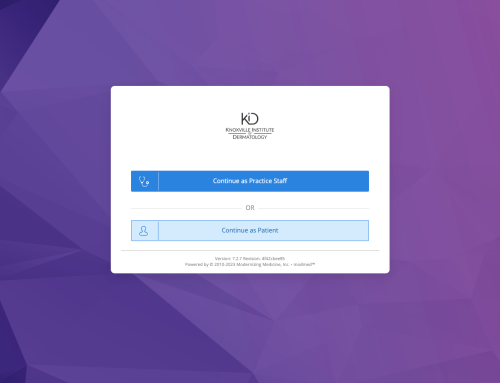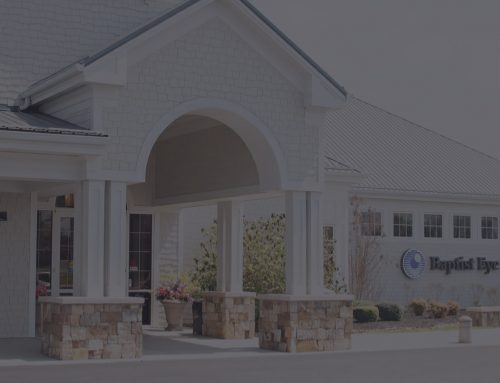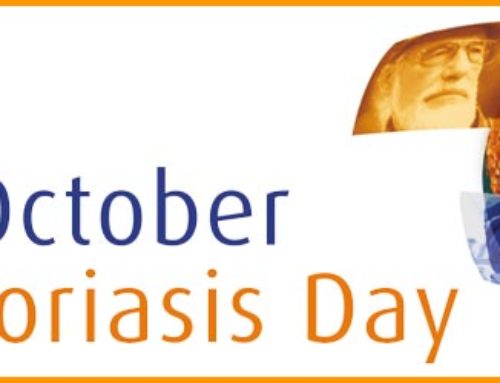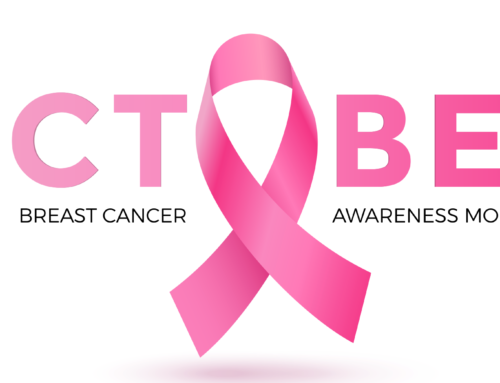With school back in session, head lice becomes a greater risk. Here’s what you need to know!
Head Lice do not fly or jump. They are mainly spread through close head-to-head touching, but may be spread through sharing brushes and hats or other items of clothing. School age children are mostly likely to catch head lice, but anyone could easily contract them by head-to-head touching. Head lice are harmless and are not know to spread disease; but heir bite can be very itchy, and uncomfortable. According to the CDC, personal hygiene or cleanliness in the home or school has nothing to do with getting head lice.How To Check for Lice:
- Look closely under bright lighting.
- Separate hair into sections; carefully search for eggs (called Nits) that look like tiny seeds attached to the hair. Unlike dandruff, nits are not easily removed from the hair.
- Nits can be brown, yellow, or tan and are usually found within an inch of the scalp.
- Lice and nits are commonly found behind ears and around the nape of the neck.
If You or Your Child Has Lice:
- Use a specially formulated lice shampoo; these can be purchased at your local pharmacy.
- Many shampoos require leaving the product on the hair for a few minutes, be sure to follow directions specific to your shampoo.
- Once the shampoo is rinsed out, comb through the wet hair with the lice comb (this special comb usually comes with the shampoo).
- Avoid shampooing hair for a few days to allow medication to work.
- Some lice killing shampoos suggest using again within 7-10 days to assure all nits and lice are gone.
- Use hot water to wash any bedding or clothes that the person’s head may have touched.
- Seal non-washable items, such as stuffed animals, in plastic bag for several weeks.
- Vacuum carpets and furniture regularly.
Check everyone who has been close to the person with the head lice, especially family members.
Treat them if there are signs of lice.









